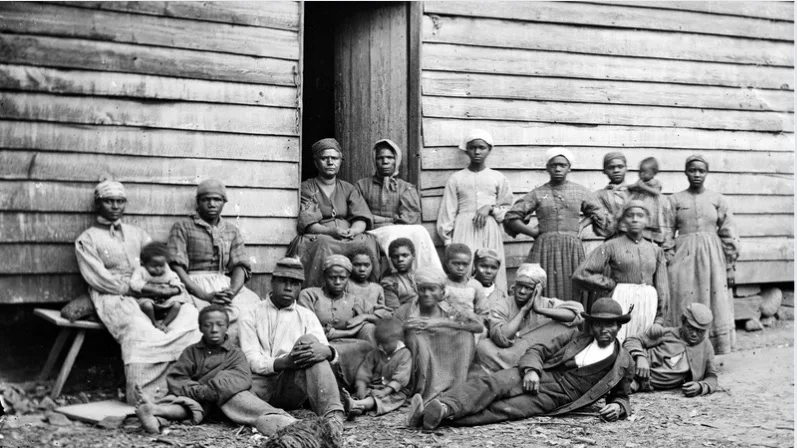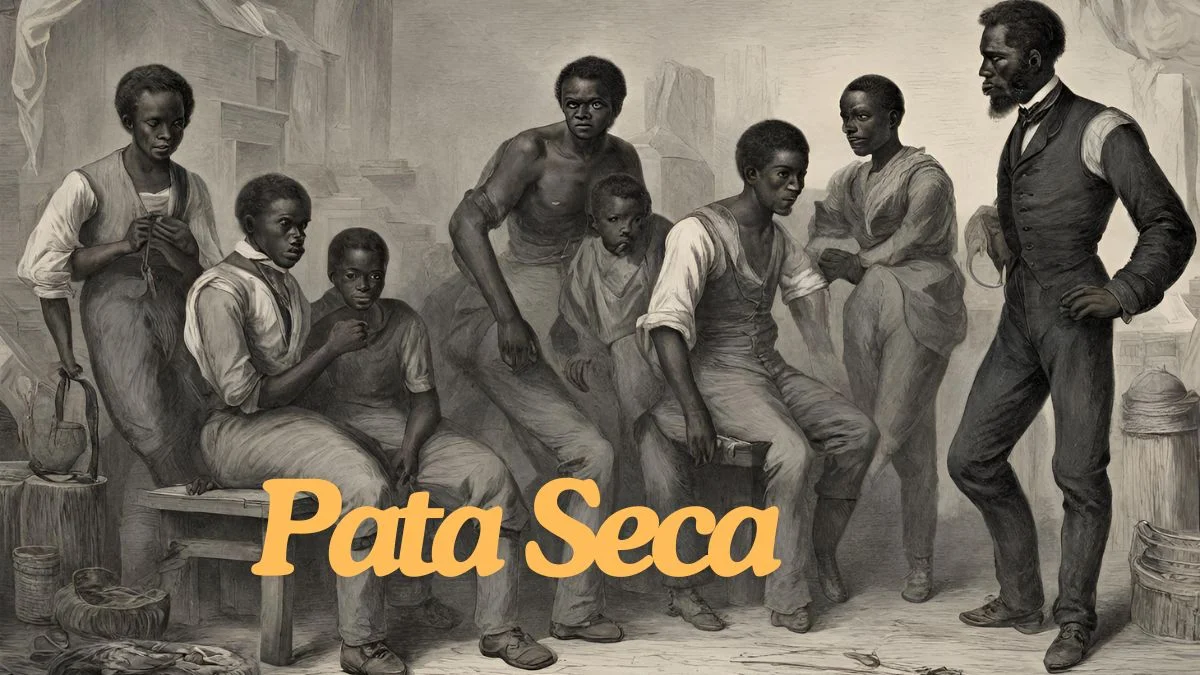The annals of history are filled with figures whose extraordinary lives offer poignant lessons in resilience and resistance. Among these figures stands Pata Seca, born Roque José Florêncio, a man whose life story is a testament to the strength of the human spirit in the face of unimaginable adversity. His legacy is a blend of tragedy and triumph, encompassing the harsh realities of slavery in Brazil and the unyielding fight for freedom and dignity.
Early Life and Enslavement
Pata Seca’s journey began under the cruel shadow of slavery. Born Roque José Florêncio, his early years remain shrouded in mystery, a tragic consequence of his enslavement at a tender age. The memories of his family, his cultural roots, and his early experiences were forcibly erased, replaced by the grueling existence of a slave. This erasure of identity was a common yet devastating aspect of slavery, aimed at stripping individuals of their heritage and humanity.
A Life of Hard Labor and Breeding
Standing seven feet tall and weighing around 300 pounds, Pata Seca’s formidable physical presence did not go unnoticed by his enslavers. He was subjected to relentless hard labor, his strength exploited for the benefit of his captors. However, it was not just his physical prowess that caught the eye of the slave masters. With a misguided and dehumanizing belief in eugenics, Pata Seca was designated as a breeder. He fathered over 200 children, chosen for this role with the expectation that his imposing stature would produce similarly strong offspring. This aspect of his life underscores the brutal and inhumane practices of the time, reducing individuals to mere tools for the continuation of the labor force.
Leadership and Freedom Fighting
Despite the oppressive conditions, Pata Seca’s spirit remained unbroken. He emerged as a leader among his fellow slaves, a beacon of hope and resistance. His leadership was not just physical but intellectual. Pata Seca played a crucial role in aiding many slaves in their quest for freedom. He became instrumental in orchestrating escapes to quilombos, safe houses where runaway slaves could find refuge and build communities free from the shackles of bondage.
The quilombos were more than just sanctuaries; they were symbols of defiance against the slave system. Pata Seca’s involvement in the creation and maintenance of these safe havens highlighted his commitment to the liberation of his people. His efforts in educating his children in their native language and culture further demonstrated his dedication to preserving their identity and heritage, even in the face of systemic efforts to erase them.

Personal Life and Legacy
Amidst the turmoil of his life, Pata Seca found moments of personal connection and joy. He married Palmira in Pernambuco, and together they had nine children. This union was significant not only as a personal solace for Pata Seca but also as a means to assert his humanity and individuality in a society that sought to deny him both. The family he built with Palmira was a testament to his resilience and his determination to forge meaningful relationships despite the dehumanizing conditions imposed upon him.
Pata Seca’s legacy extends beyond his physical stature and the sheer number of his descendants. He is remembered as a figure of immense strength, both bodily and mentally. His story is a powerful reminder of the capacity for resistance and the will to fight for freedom, even in the direst circumstances. Through his actions, Pata Seca exemplified the role of a freedom fighter, someone who not only sought his own liberation but also worked tirelessly for the freedom of others.
The Historical Context of Slavery in Brazil
To fully appreciate Pata Seca’s impact, it is essential to understand the broader context of slavery in Brazil. The transatlantic slave trade brought millions of Africans to Brazilian shores, where they were subjected to severe exploitation and dehumanization. Brazil was one of the last countries to abolish slavery, officially ending the practice in 1888 with the signing of the Lei Áurea (Golden Law). The long duration and intense conditions of slavery in Brazil created a unique environment where resistance and resilience were both necessary and heroic.
Slaves in Brazil faced arduous labor conditions, often working in plantations, mines, and urban centers under brutal supervision. The establishment of quilombos, such as the famous Quilombo dos Palmares, provided essential resistance movements that challenged the colonial and later imperial systems. These communities were integral in sustaining African cultural practices and offering a form of organized rebellion against the slave system.
Pata Seca’s Enduring Influence
Pata Seca’s story, though unique in its details, is emblematic of the broader struggle faced by enslaved Africans in Brazil. His life illustrates the multifaceted nature of resistance—encompassing physical defiance, intellectual perseverance, and cultural preservation. By educating his children in their native traditions and leading efforts to establish quilombos, Pata Seca ensured that the flame of African heritage continued to burn brightly, even in the oppressive darkness of slavery.
Today, Pata Seca’s legacy serves as a source of inspiration and reflection. His life story is a poignant reminder of the horrors of slavery and the incredible strength required to endure and resist such an inhumane institution. It also highlights the importance of preserving and honoring the cultural identities that enslaved individuals fought so hard to maintain.
Conclusion
Pata Seca, born Roque José Florêncio, stands as a towering figure in the history of Brazilian slavery—a man whose physical strength was matched only by his intellectual and spiritual resilience. His life, marked by forced labor and dehumanization, also shone with moments of leadership, education, and personal connection. Through his efforts to aid fellow slaves and preserve cultural heritage, Pata Seca left an indelible mark on the history of resistance and the fight for freedom. His story continues to inspire and educate, a testament to the enduring power of the human spirit.









